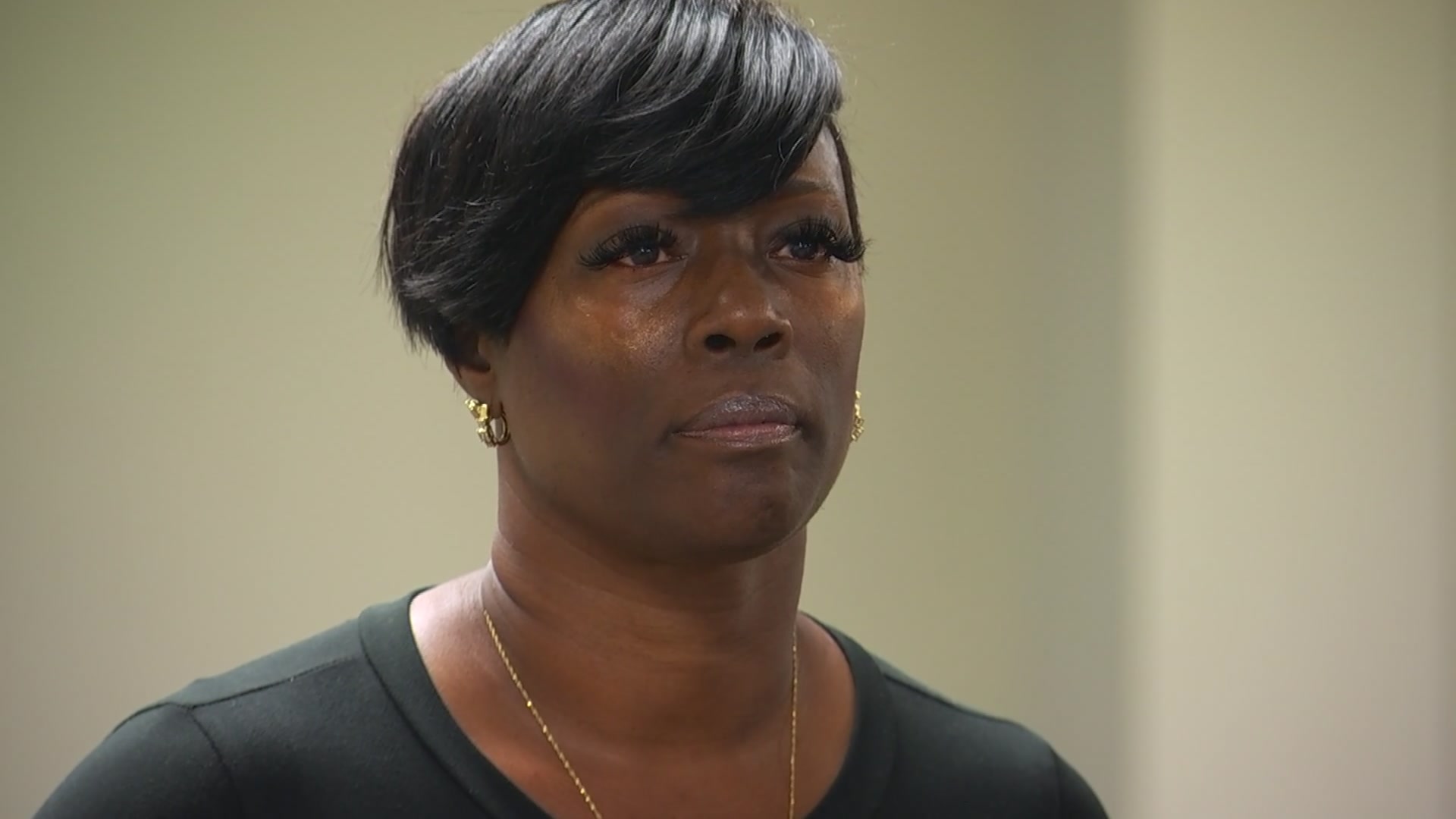Four history students at UNT are shedding light on a dark part of North Texas history.
What began as quest to find out more about the hundreds of former slaves buried at a freedman's cemetery in Pilot Point led down a path none of them expected.
The wooded lot down a private road in Pilot Point is a forgotten place. Cemetery grave markers serve as the lone connection to a forgotten community. Stories which the students set out to uncover during spring semester last year.
“Every time I'm here, I feel there's something new,” said grad student Micah Crittenden. “There is some new detail that I've missed."
St. John's Cemetery is the final resting place for many members of the St. John's community.
The land was settled by freed slaves in Pilot Point after the end of the Civil War. The community included a school and a church. But by 1930, St. John's community was gone.
“It went from one person where I wondered, ‘Where did they go?’ to multiple people who just disappeared,” said Crittenden.
Local
The latest news from around North Texas.
With the encouragement of their history professors at University of North Texas, students set out to find out why. They began with a list of names of former St. John’s residents, many buried at the cemetery.
“These are people,” said Jessica Floyd, another researcher and recent graduate. “And their story needs to be told as much as anyone else's story."
“When we started this project, we were taking a leap into the unknown,” said Todd Moye, history professor at UNT. “We didn't know what they'd be able to pull off."
Last year, students were deep into their research, when they hit a fork in the road. A new path -- which changed their entire focus. It all began with an old newspaper article.
“They're finding evidence that hasn't been looked at in nearly 100 years,” said Moye.
That article provided details of the 1922 lynching of two black men in Pilot Point who were accused of stealing horses. Through research, the students determined the jail in town was left unguarded the night the men disappeared. A note left on the door of the local newspaper read, in part, “Both negroes got what they had coming.”
“We're just looking through articles and articles of the very worst of humanity,” said student Hannah Stewart.
Their professors urged the students to dig deeper.
“One of the things we told the students is you need to follow where the evidence takes you, no matter where it takes you,” said Andrew Torget, associate professor of history. “And sometimes those are places that aren't very pretty. But that's important to confront, because it's the only way we'll be able to make peace with that."
Research also uncovered details of Ku Klux Klan activity in Denton County during the 1920’s, as well as floggings of blacks and other lynchings.
“It's hard to tell the story,” said Stewart. “But it needs to be told because it is our collective history."
A history which is now clearer, thanks to the students' exhaustive research. In November, they presented their findings to Denton County Commissioners, who have pledged to restore the cemetery and add a historical plaque.
Students have published their research on a website – making sure the stories of St. John’s can be told.
“Why it matters to me is, these are humans,” said Crittenden. “Each of these people, they were somebody."
More: Uncovering St. John's



